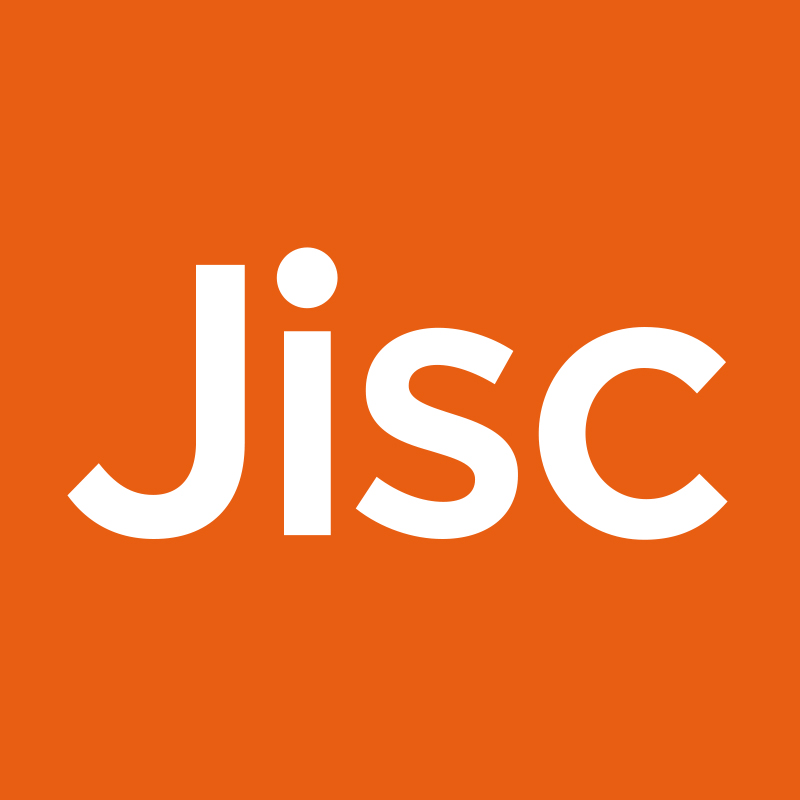An interesting observation made by a Dutch colleague earlier this week. The arrows in my standard model of learning analytics (here rearranged and recoloured to match the “swimlane” visualisation of the learning process) all mark “gatekeeper” points where information flow is filtered and reduced.

Between Collection and Analysis there’s a necessity/relevance filter so that not all the available data debris are uploaded to the analysis algorithms; between Analysis and Improvement there’s a strong filter that removes all personal data and transfers only information on how to improve the learning environment for all; between Donation and Analysis students themselves choose whether to provide data at all; the filter between Analysis and Intervention only passes information about students who could benefit from a particular intervention.
Tutors should always have policy guidance on how to use learning analytics safely; rather than giving them free rein to study and (mis-)interpret the raw learning data as in a recent Dutch example (machine translation works OK!), our model implements technical controls that support that safe use.
